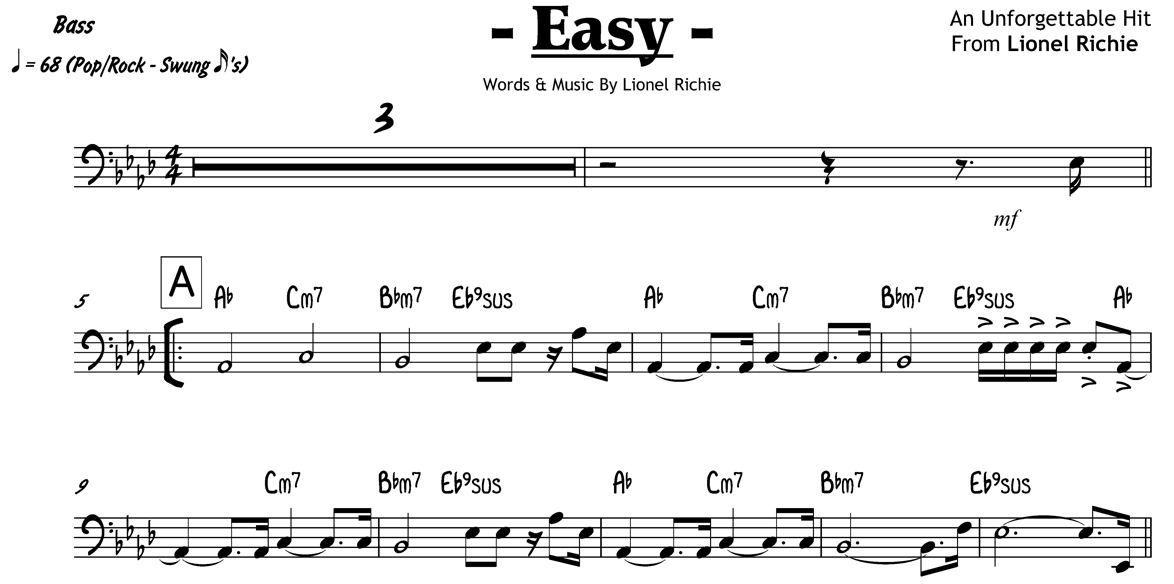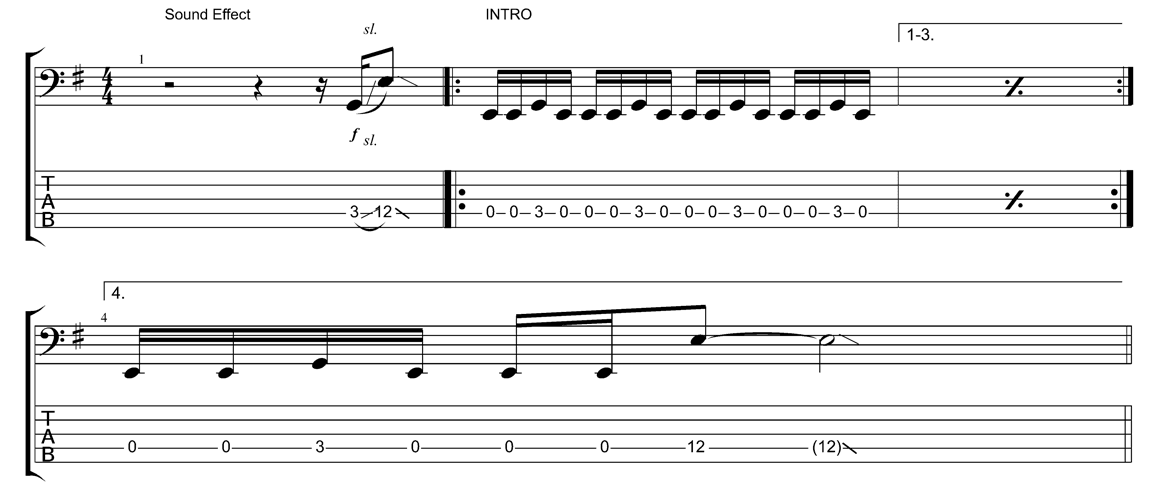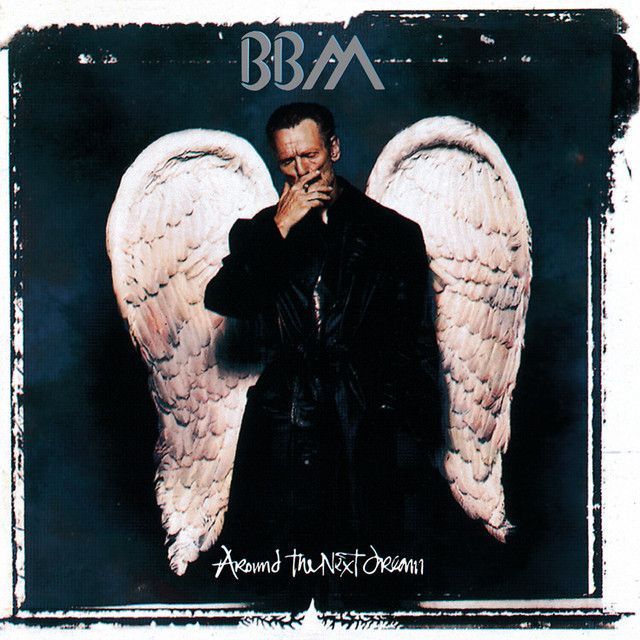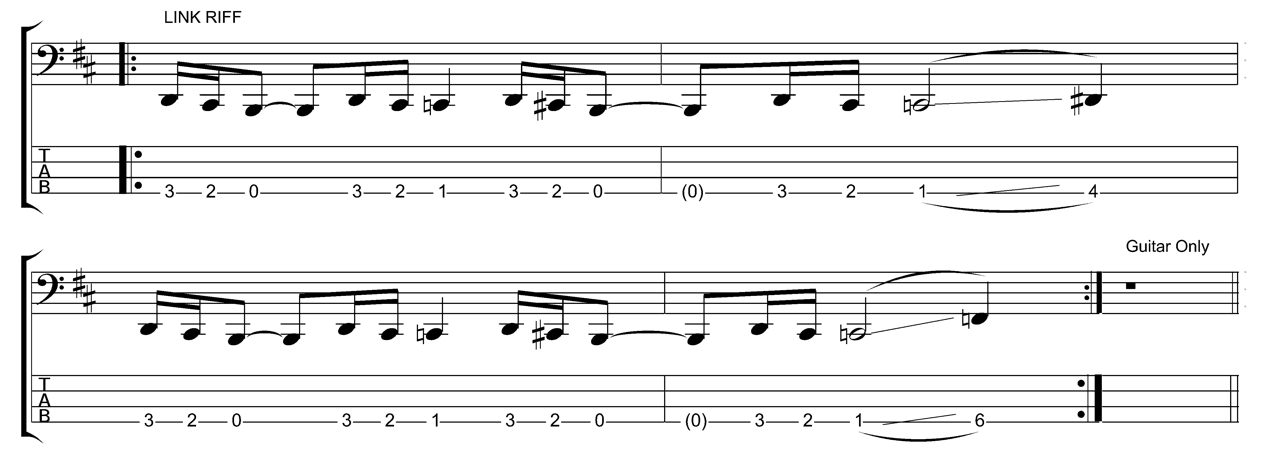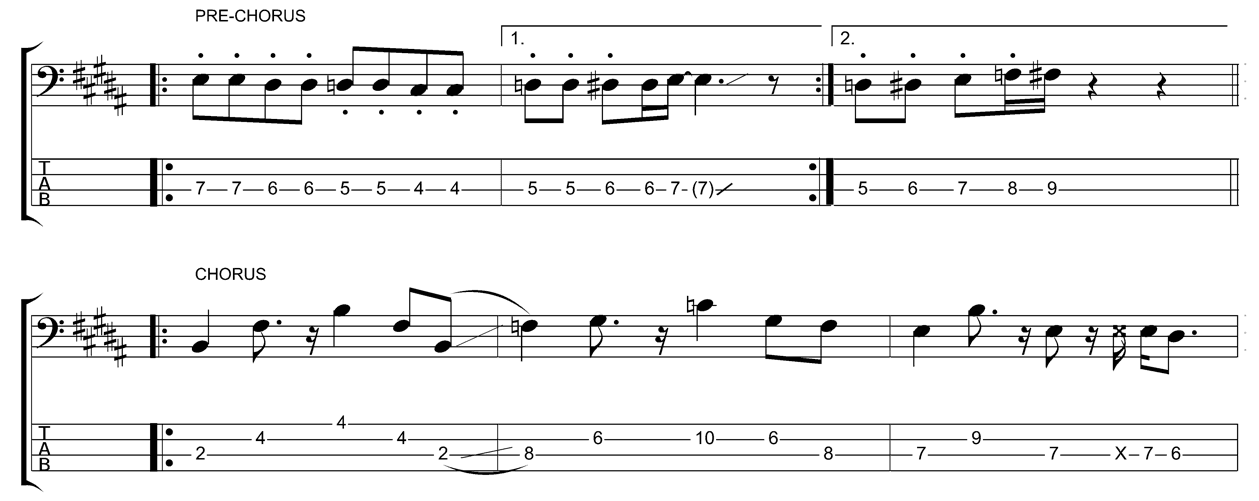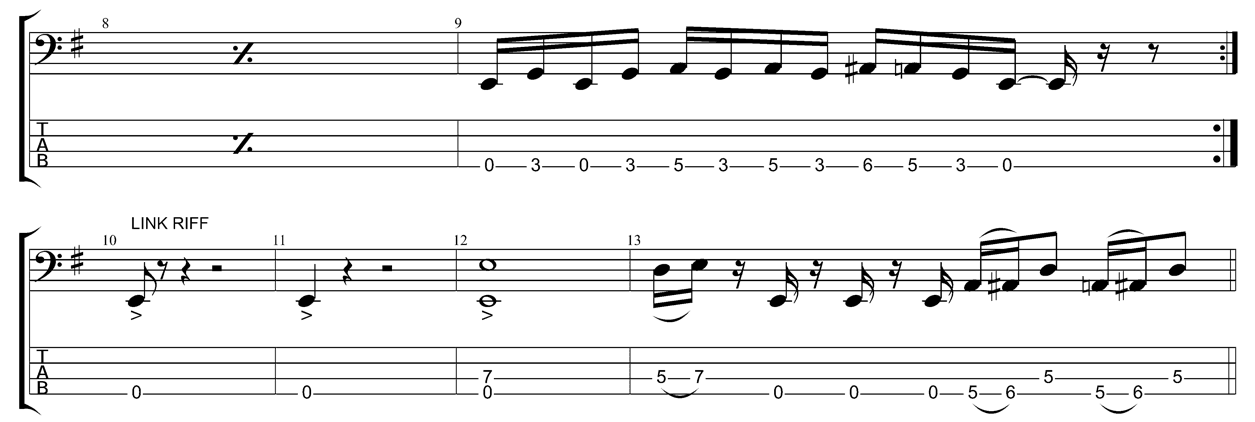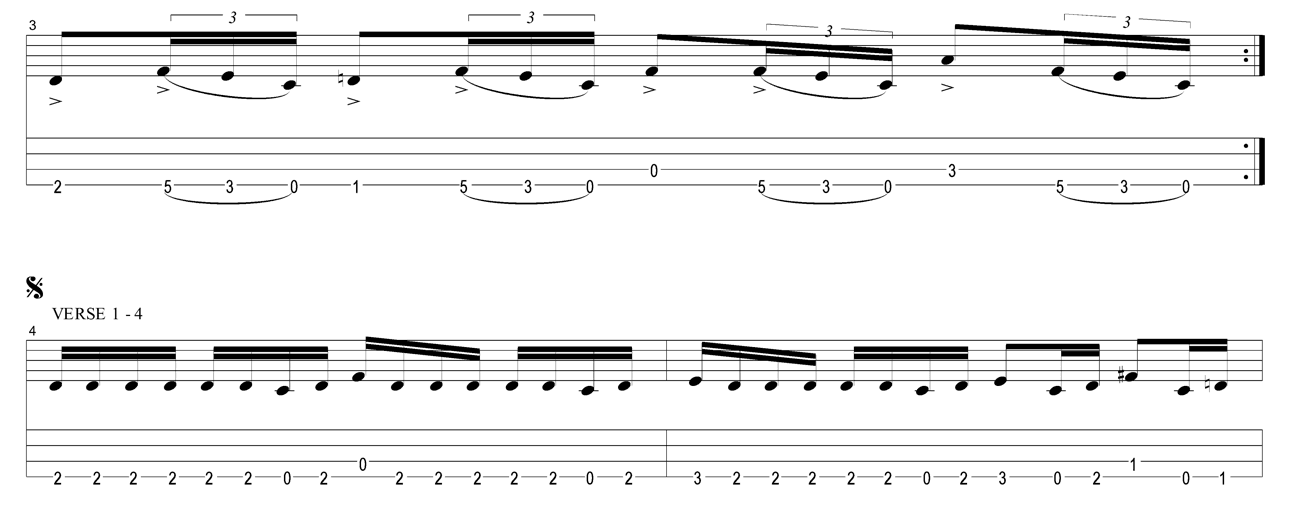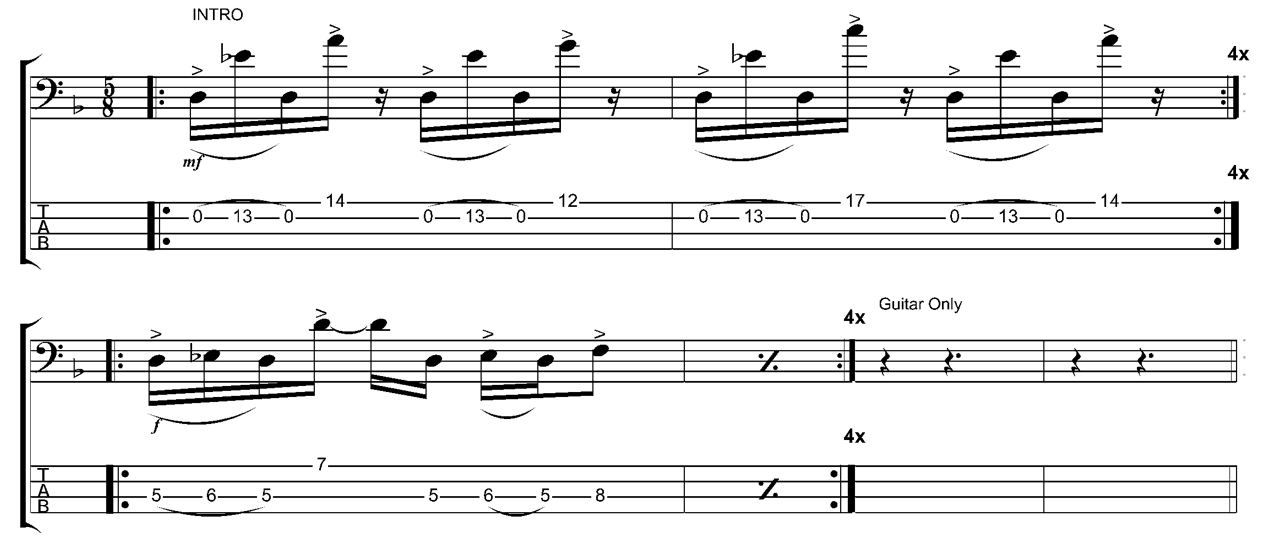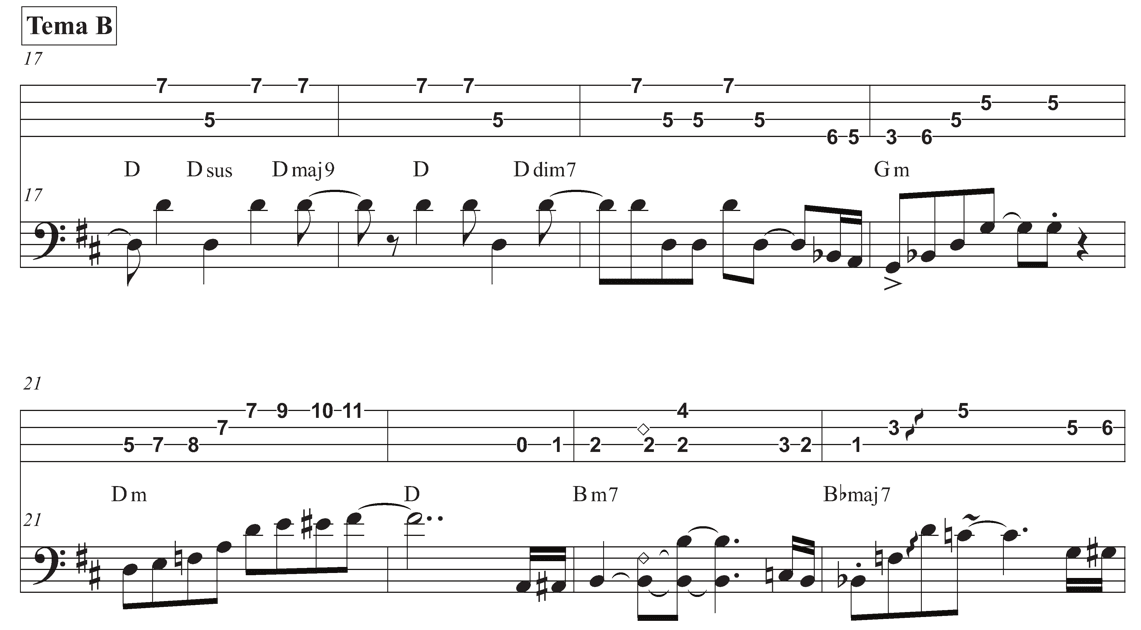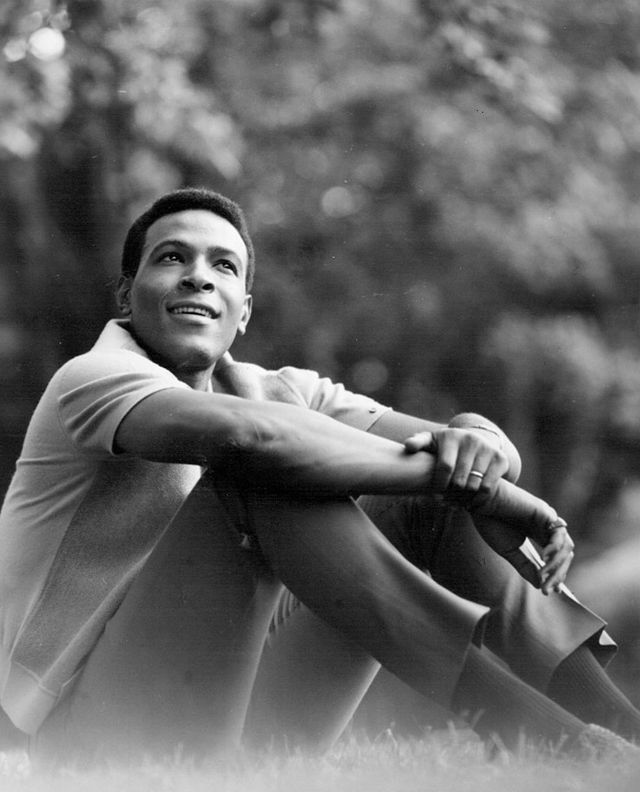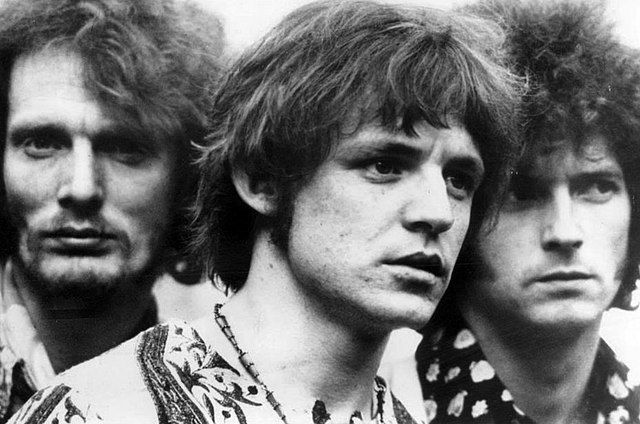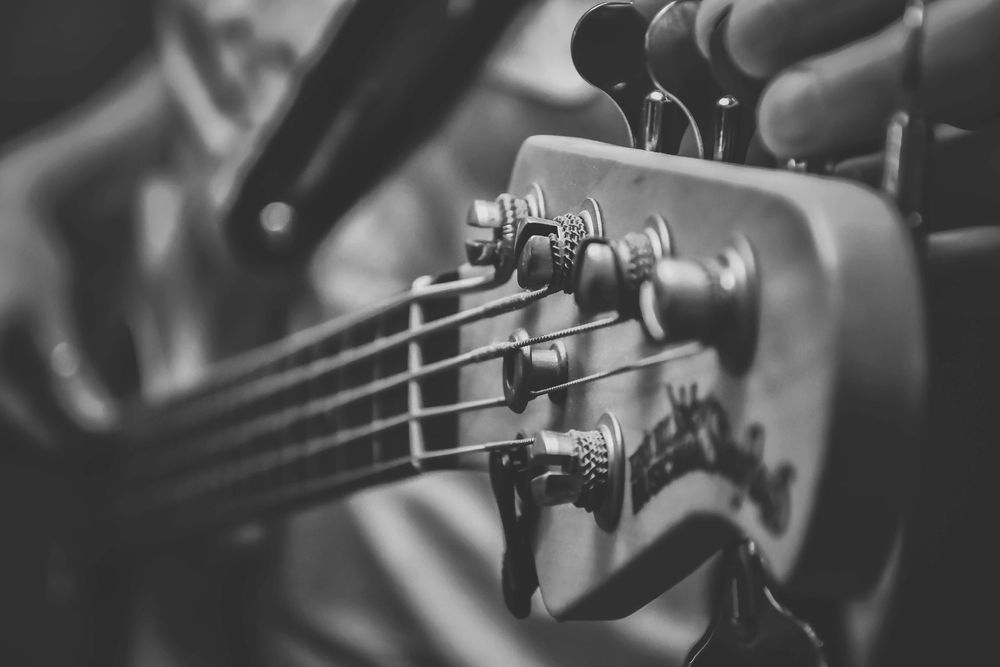Excellence in bass-playing is a pure and modest virtuosity. Unlike the voice, guitar or drums, the bass is an instrument that rarely takes centre stage. Its role is undoubtedly a crucial one, but much of its good work goes unnoticed - and unappreciated.
So let’s give exceptional bass music some appreciation. Listed below are ten pieces of music that feature some of the most outstanding bass material ever concocted.
True to form, that material can be subdued, but even in these moments the music makes big demands. Bassists bear a heavy burden, having to provide the rock-solid foundations to a musical texture. In these playing conditions, it can be tough to perform even the most straightforward stuff reliably and with a subtle flair.
But make no mistake, at times there’s just no holding back the scintillating fretwork, and you’ll find plenty of that in this list of the ten hardest songs to play on the bass guitar.
